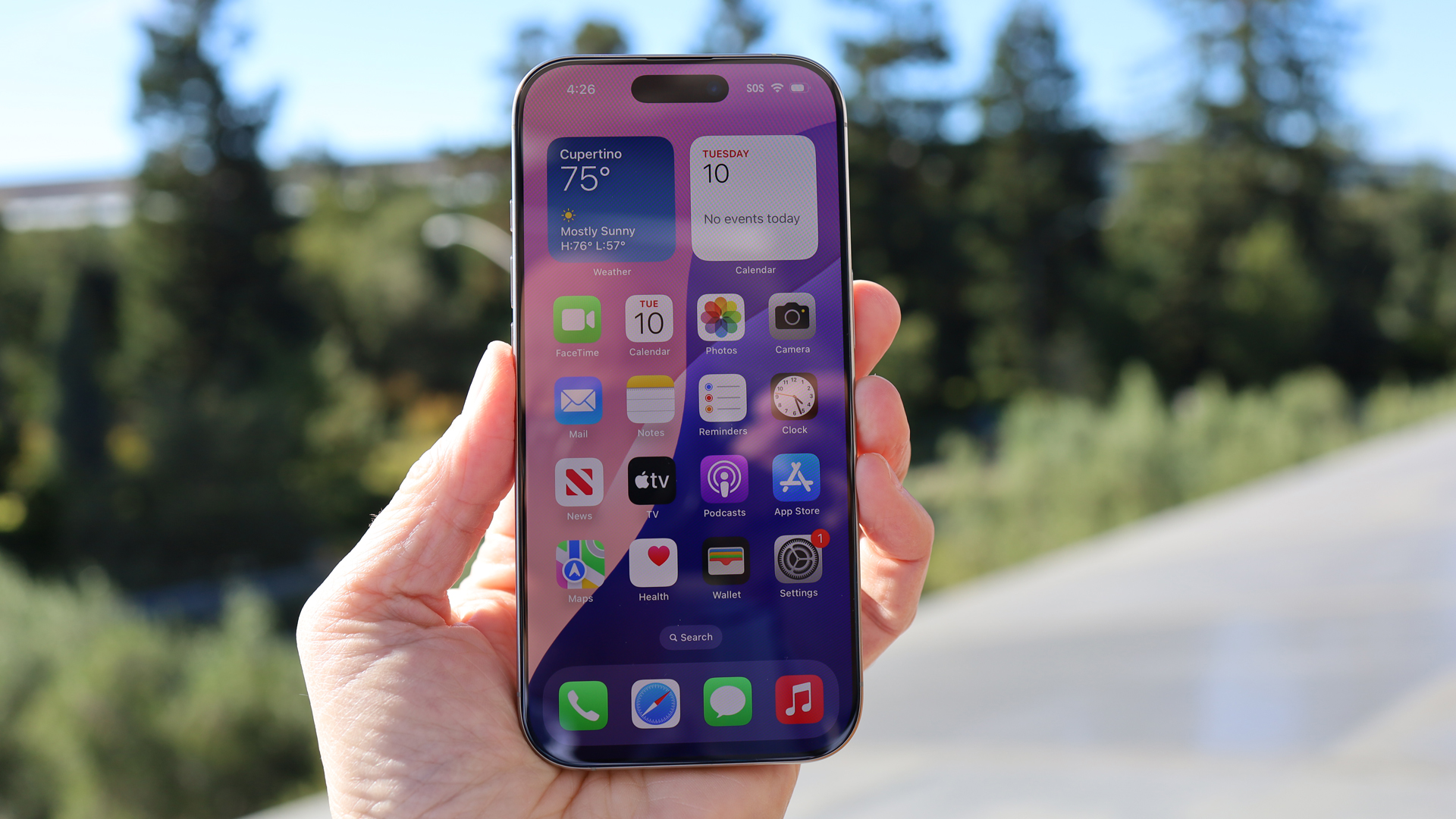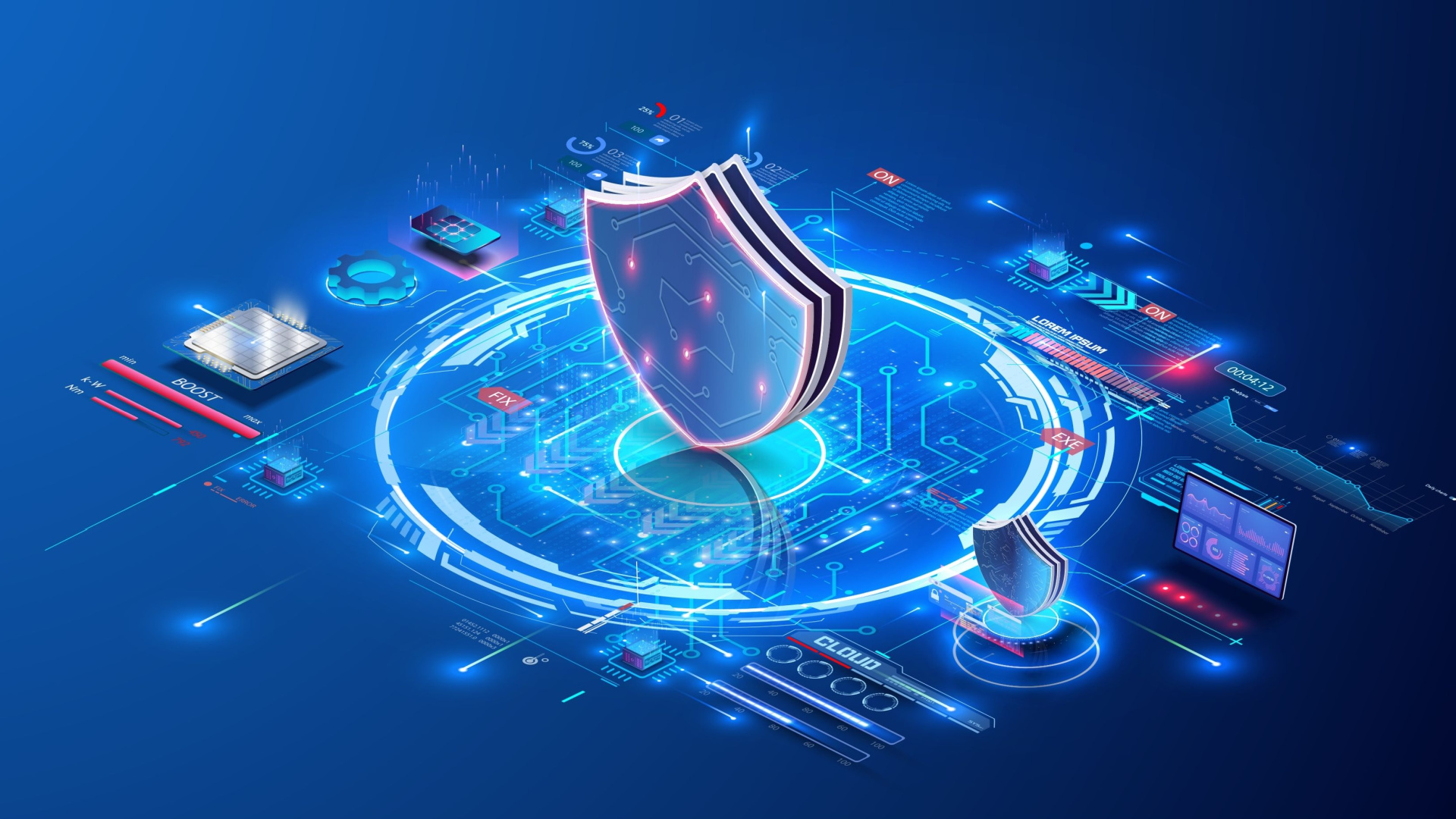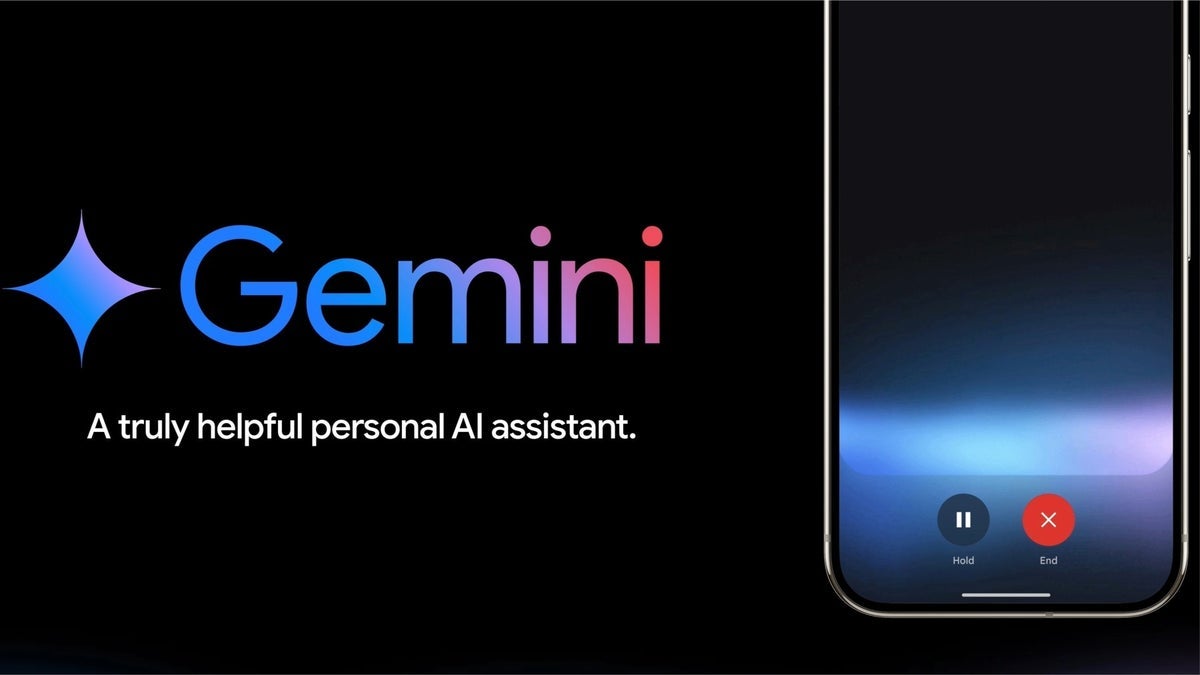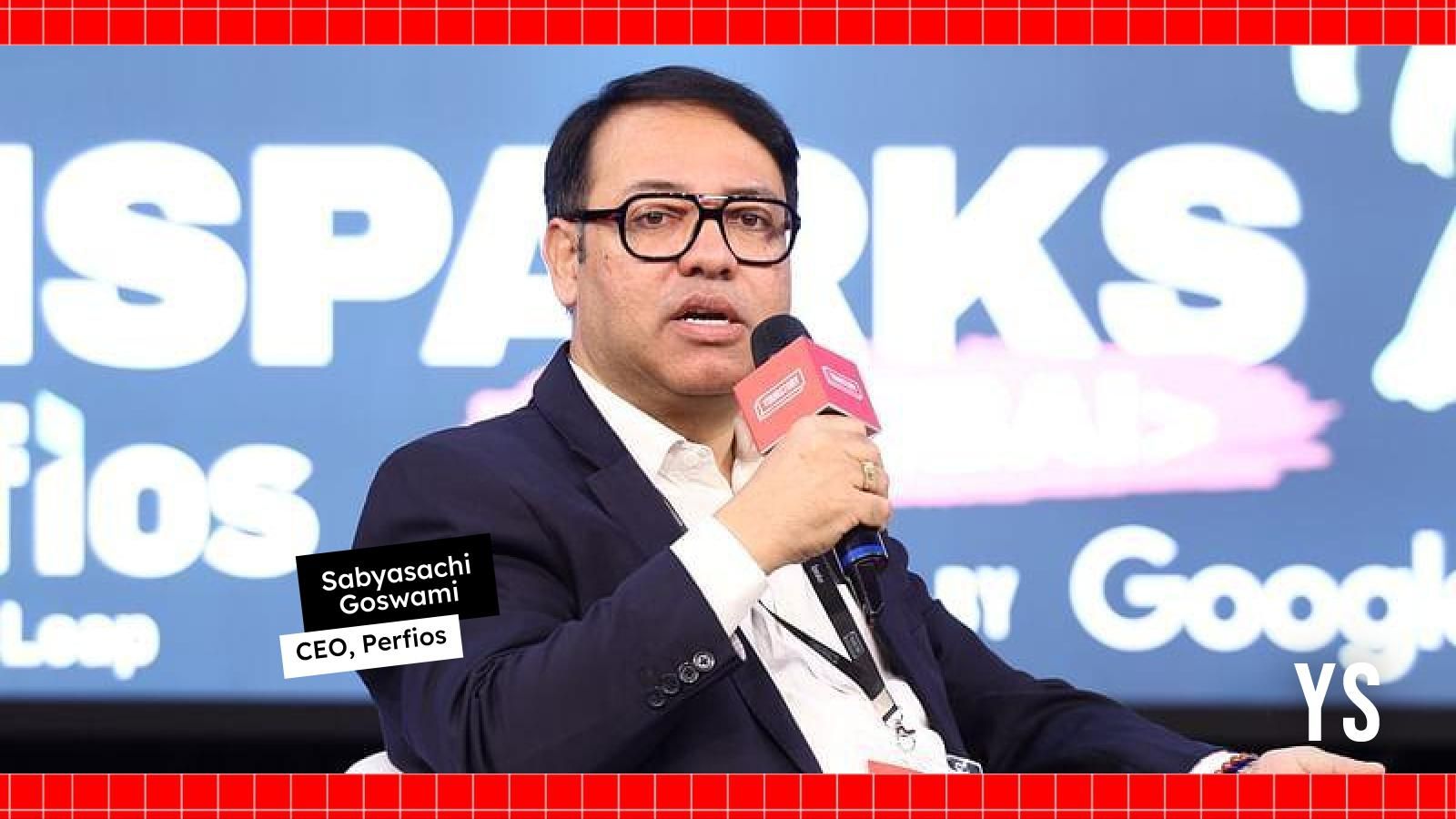AI is moving cybersecurity from reactive to predictive and companies must adapt
Across industries, businesses are embedding AI in their security architecture. Financial institutions are deploying AI to detect anomalies in transaction patterns. Healthcare providers use it to safeguard patient data from insider threats.
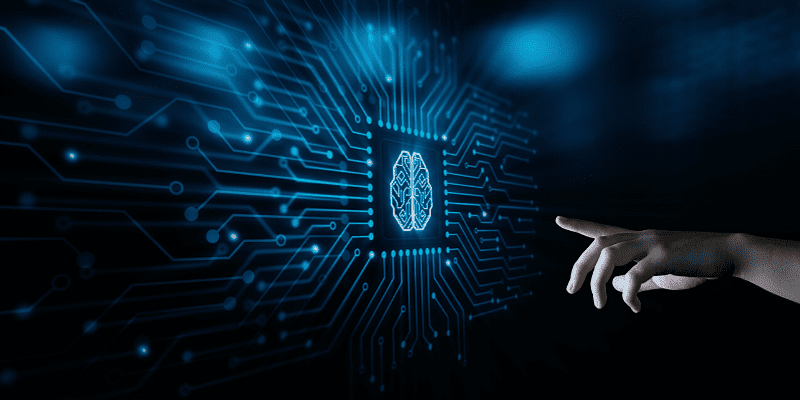

AI is turning the cybersecurity equation on its head. No longer limited to reactive scanning and static alerts, AI systems are now driving predictive security models that spot threats early, adapt continuously, and respond autonomously.
At the heart of this transformation are AI agents—intelligent systems capable of ingesting massive volumes of real-time data, learning behavioural patterns, and identifying deviations that may signal a threat. Unlike traditional tools, these agents don’t wait for signatures or rule matches.
They operate on behavioural analytics, continuously profiling users, devices, and systems to define a baseline of “normal” behaviour. Any deviation—whether it's an employee logging in at an unusual hour, an application accessing a sensitive file it typically doesn't touch, or a sudden spike in outbound traffic — is flagged for further investigation.
AI-powered threat detection and anomaly analysis
AI agents perform anomaly detection by analyzing millions of signals—from login attempts and file transfers to system calls and network flows — across time and context. This makes it possible to detect subtle indicators of compromise that would be invisible to human analysts or rule-based systems.
Machine learning models further enable AI-based threat detection, using past breach patterns and external threat intelligence to predict likely attack vectors. These models can identify malware variants, detect lateral movement within a network, and even anticipate phishing campaigns by scanning social engineering signals across communication platforms.
Automated response and risk prioritisation
Detection alone is not enough. AI enables automated response mechanisms that kick in the moment a threat is confirmed. For example, if an AI agent identifies a ransomware process initiating encryption, it can isolate the affected endpoint, cut off network access, and begin data backup restoration — all without human intervention. These rapid responses are critical in minimising damage and ensuring business continuity.
Furthermore, AI helps prioritise risks intelligently. Not all alerts are equal, and security teams are often overwhelmed by false positives and alert fatigue. AI-driven risk scoring engines assess the potential impact and urgency of each threat based on context, such as the sensitivity of the affected data, the criticality of the system under threat, and the threat actor’s behaviour, allowing security teams to focus on what truly matters.
Real-world adoption and integration
Across industries, businesses are embedding AI in their security architecture. Financial institutions are deploying AI to detect anomalies in transaction patterns. Healthcare providers use it to safeguard patient data from insider threats. Manufacturing and critical infrastructure organisations leverage AI to monitor operational technology environments in real-time.
Modern Security Information and Event Management (SIEM) and Security Orchestration, Automation, and Response (SOAR) platforms are being supercharged with AI capabilities, allowing them to sift through billions of data points, eliminate noise, and orchestrate a coordinated response in seconds.
Challenges and the road ahead
Despite its benefits, AI-powered cybersecurity faces hurdles. Accurate Models and quality data are essential, and organisations often struggle with fragmented, siloed information. There’s also the issue of AI transparency: many models behave like black boxes, raising concerns around accountability and trust. Finally, the demand for skilled professionals who can operationalise AI in cybersecurity far exceeds supply.
Still, the future is clear: proactive, AI-driven security is no longer optional — it’s inevitable. Organizations must invest in AI capabilities, break down data silos, and train their teams to work alongside intelligent systems.
In a threat landscape where attackers evolve by the hour, AI offers not just a shield, but a sixth sense. The companies that adapt will not just survive cyber threats — they’ll stay one step ahead.
Preeti Raghuvanshi Singh – Vice President, IndyGen Labs
.jpg)
































































































































































![[The AI Show Episode 143]: ChatGPT Revenue Surge, New AGI Timelines, Amazon’s AI Agent, Claude for Education, Model Context Protocol & LLMs Pass the Turing Test](https://www.marketingaiinstitute.com/hubfs/ep%20143%20cover.png)














































































































![[Research] Starting Web App in 2025: Vibe-coding, AI Agents….](https://media2.dev.to/dynamic/image/width%3D1000,height%3D500,fit%3Dcover,gravity%3Dauto,format%3Dauto/https:%2F%2Fdev-to-uploads.s3.amazonaws.com%2Fuploads%2Farticles%2Fby8z0auultdpyfrx5tx8.png)
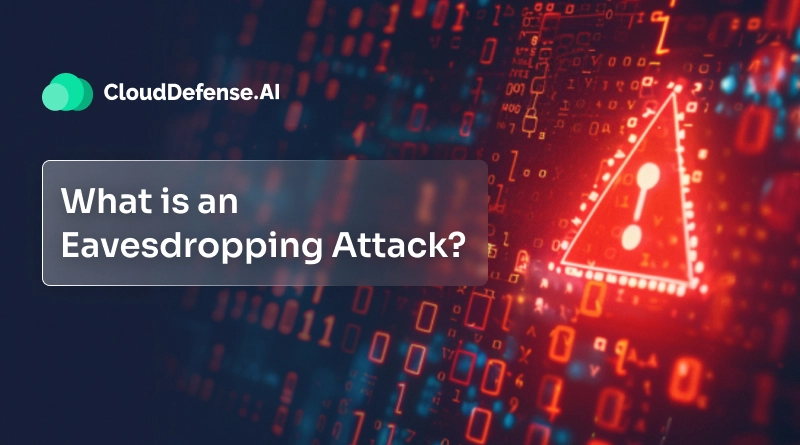













![[DEALS] Koofr Cloud Storage: Lifetime Subscription (1TB) (80% off) & Other Deals Up To 98% Off – Offers End Soon!](https://www.javacodegeeks.com/wp-content/uploads/2012/12/jcg-logo.jpg)















































-RTAガチ勢がSwitch2体験会でゼルダのラスボスを撃破して世界初のEDを流してしまう...【ゼルダの伝説ブレスオブザワイルドSwitch2-Edition】-00-06-05.png?width=1920&height=1920&fit=bounds&quality=70&format=jpg&auto=webp#)
















































































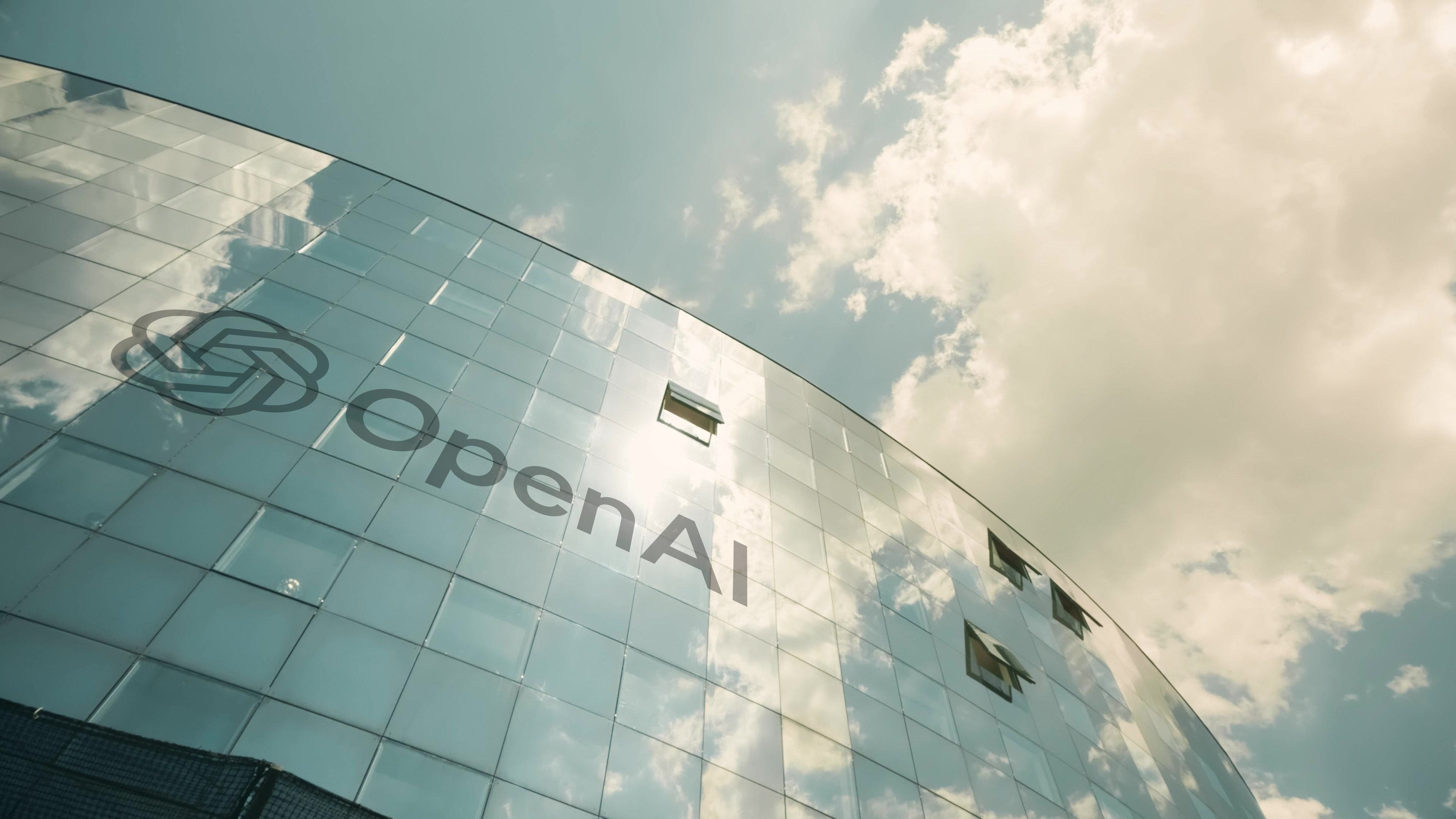









_roibu_Alamy.jpg?width=1280&auto=webp&quality=80&disable=upscale#)


.webp?#)













































































































![M4 MacBook Air Drops to Just $849 - Act Fast! [Lowest Price Ever]](https://www.iclarified.com/images/news/97140/97140/97140-640.jpg)
![Apple Smart Glasses Not Close to Being Ready as Meta Targets 2025 [Gurman]](https://www.iclarified.com/images/news/97139/97139/97139-640.jpg)
![iPadOS 19 May Introduce Menu Bar, iOS 19 to Support External Displays [Rumor]](https://www.iclarified.com/images/news/97137/97137/97137-640.jpg)

















